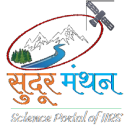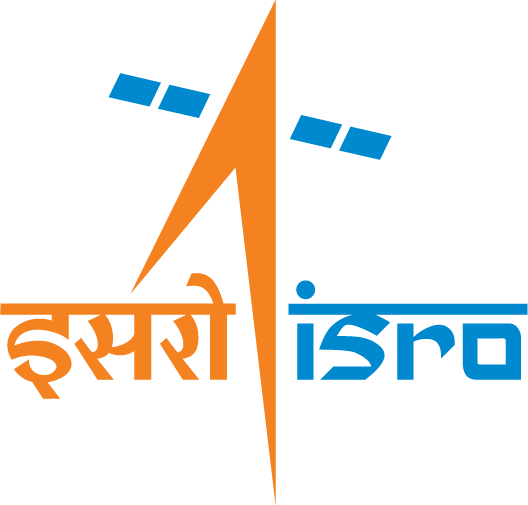Dipanwita Haldar and Suresh Kumar
India is the second largest producer of tea after China. Tea requires a moderately hot and humid climate. Climate influences yield, crop distribution and quality. Tea grows best on well-drained fertile acid soil on high lands. Tea grows best in areas with a maximum temperature of 16-32ºC and a well distributed rainfall of about 150 cm per annum.
Tea is an important plantation crop, the second most common beverage in the world. The sub-district Palampur (32° 6′ 37.95” N and 76° 32′ 10.41” E) a hill town and a municipal corporation belonging to the Kangra was investigated. Identifying the tea leaf picking and pruning operations, the dormant phase and the regrowth phase of tea plantations was the major objective where cultural operations are hampered due to rainfall during monsoon, the above stages are identified with the help of optical (initial phase)and SAR(pre-monsoon and monsoon season) temporal indices manually. In most of the tea gardens in Palampur picking operation starts in the month of April and end with pruning operation in the month of November. Field photograph and HH backscatter profile (fig. above) was found to be useful to detect the picking (dip) and regrowth phase (rise) and to check hamper of leaf picking during monsoon.

HH temporal backscatter increase depicting growth of the tea bushes, fall in backscatter due to mass picking during July, second increase due regrowth during end August to September. End of October marks the Pruning season. The ability to see beyond wavelengths of visible region and infrared, where wavelengths can detect vigor of crop, crop stress and damage of crop, is one advantage of SAR sensing. But microwave remote sensing also helps to overcome numerous difficult weather circumstances in the humid and semi-humid climate zone with its strong penetrating power.
Geometrical and dielectric properties of plants can be detected by SAR remote Sensing. There are different types of cultural operations like planting, manuring, irrigation, weed controlling, pruning, skiffing, plucking etc are done in any tea plantation. Among those important cultural operations need to be monitored. Such significant economic stages could be detected with the help of SAR datasets. Temporal RVI profile in the figure depicts Picking, regrowth, pruning and regrowth. Also the high resolution FRS data provided detailed insights into the gardens.




